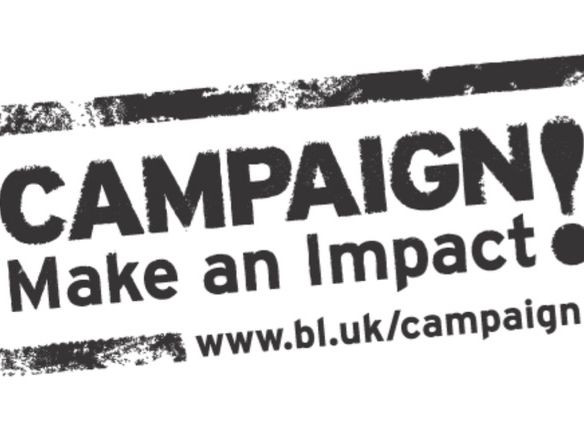The London Archives Learning Resources
A number of The London Archives free educational resources that use archival material to support learning across a range of different topics. Take a tour of London Metropolitan Archives with this introductory film, learning more about the service we deliver and the collections we hold. https://www.youtube.com/watch?v=XHG6kehiJUc&t=112s












